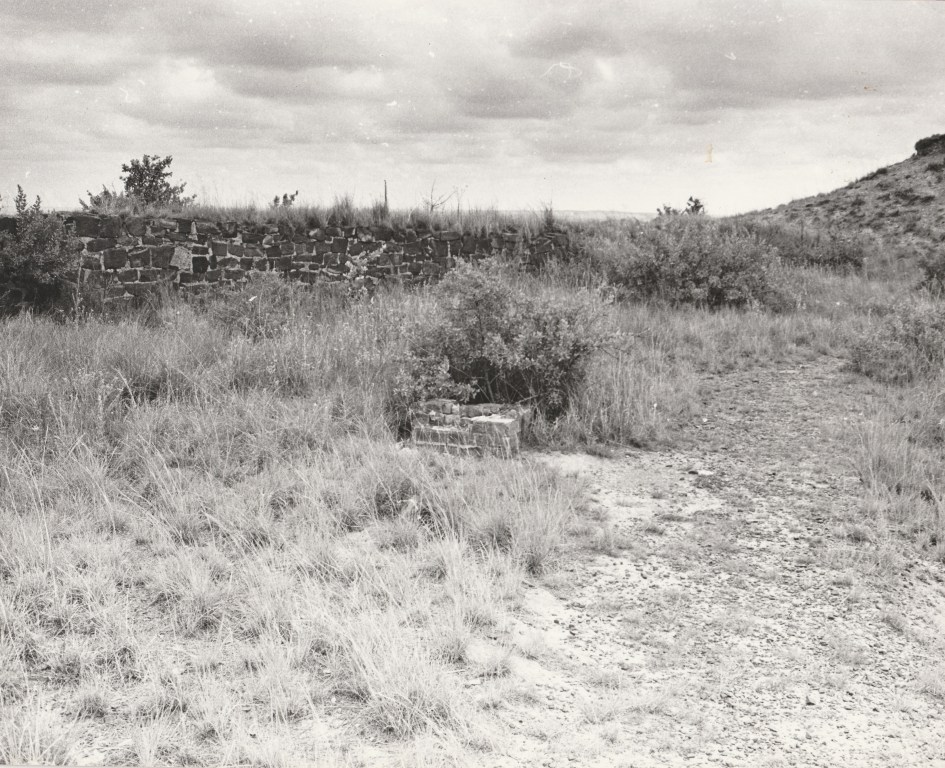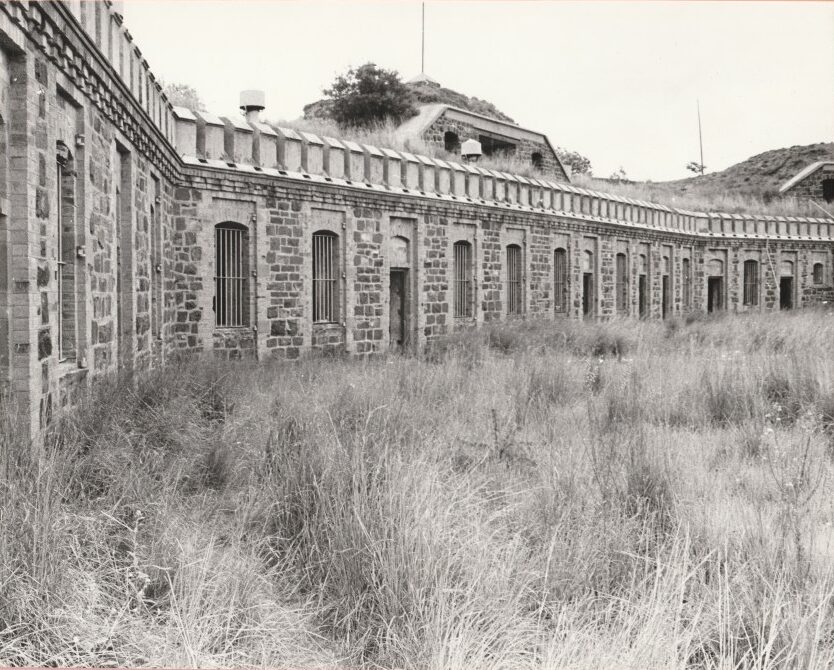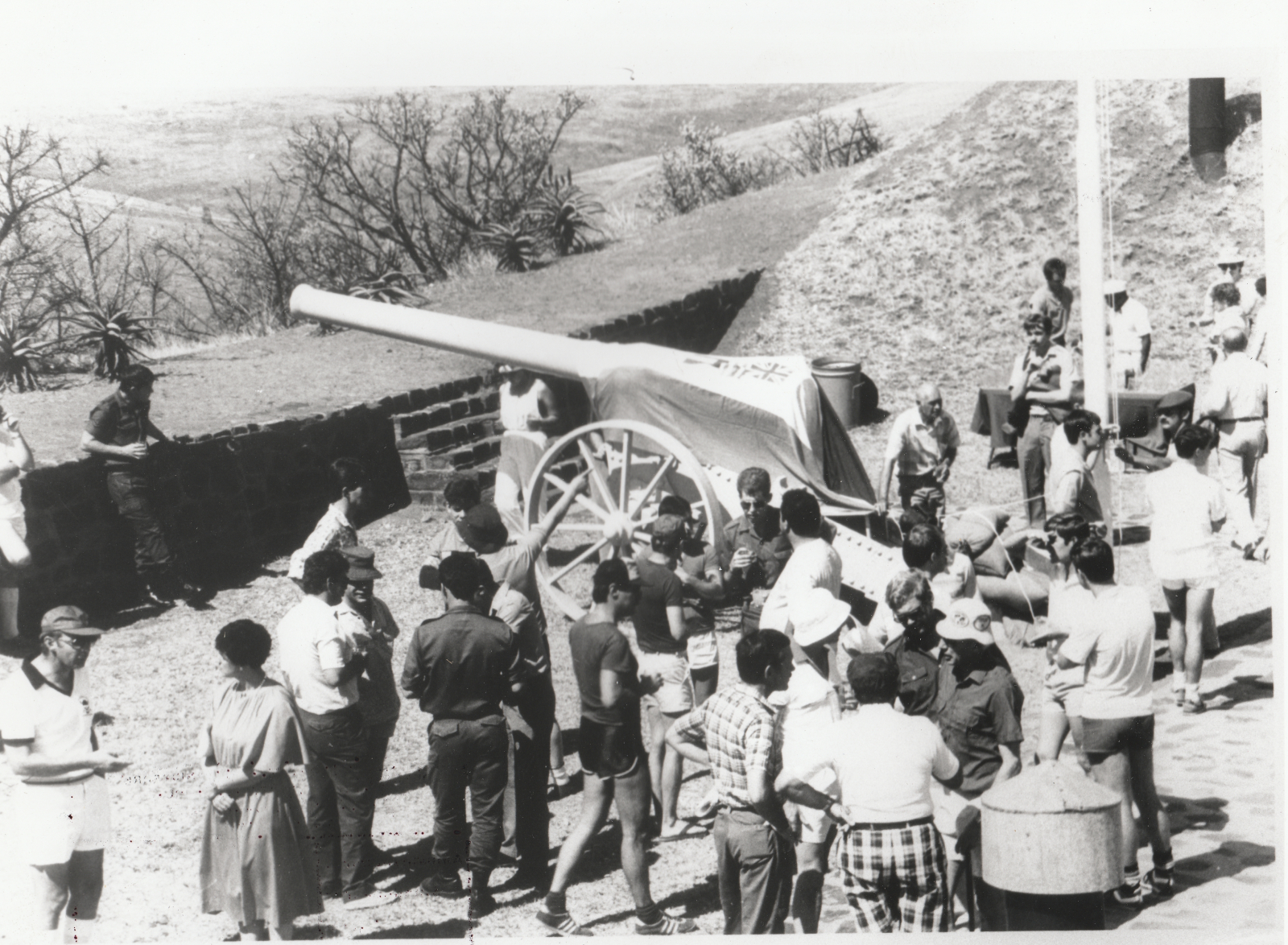HISTORY OF FORT SCHANSKOP
HISTORY OF FORT SCHANSKOP
THE FORTIFICATION OF PRETORIA
After the failed Jameson raid of 1896, L Grunberg, a former French artillery officer, recommended to the government of the Zuid-Afrikaansche Republiek that Pretoria should be fortified.
His recommendation was taken to heart, especially since a map with all the ZAR’s access routes, railway connections and defensive positions was found in the possession of a British officer. Grunberg was responsible for the planning and construction of Fort Daspoortrand, and two German engineers, OA von Dewitz and HC Werner, drew up the plans for three other forts, namely Fort Schanskop, Fort Klapperkop and Fort Wonderboompoort.
State President SJP Kruger approved the plans on 16 March 1896, and a commission was appointed to supervise the construction: Cmdt. Gen. PJ Joubert, Lt. Col. HPN Pretorius, Capt. PE Erasmus, Capt. FJ Wolmarans, Lt. PC Paff and city engineer E Lutz.

FORT SCHANSKOP IS BUILT

The German firm Krupp built the three forts of Schanskop, Klapperkop and Wonderboompoort. Fort Daspoortrand was built by the French firm Schneider, Grunberg and Léon.
In May 1896, the contractor HC Werner began construction of Fort Schanskop. The workforce consisted of more than 400 white and black people who worked day and night. This also explains why the fort could already be manned by a lieutenant and almost 50 men in December 1896, even though construction work had not yet been completed. Schanskop was strategically placed in such a way that attacks, especially from the direction of Johannesburg, could be repelled from there. This pentagonal fort could also repel attacks from other directions with artillery on rotating platforms on the fort ramparts.
Fort Schanskop was officially taken over by the government of the Zuid-Afrikaansche Republiek on 6 April 1897 and was visited by President SJP Kruger the following day.
ARMING AND COMMUNICATION
While the forts were under construction, the necessary artillery was ordered. It was mountain artillery, which was a wise choice because the cannons would later perform excellent service on the war front. Fortress artillery would only be of use at the forts.
In 1899, Fort Schanskop had one Schneider/Creusot 155 mm siege cannon, or Long Tom, and two 37 mm Maxim-Nordenfelts, or Pom-poms, with 500 rounds of ammunition. The garrison consisted of an officer and 30 men from the Transvaal State Artillery. For the time being, it was ordinary artillerymen who manned the forts, but 100 artillerymen received special training in the handling of fortress artillery. Yet the crew and artillery were never really sufficient.
Fort Schanskop was connected via overhead telegraph wires to the artillery camp in Pretoria and also telegraphically to Johannesburg. The respective forts could communicate with each other heliographically. One of the fort’s casemates (bombproof room) was specially fitted out for the Transvaal Field Telegraphy.

THE INTAKE OF PRETORIA

Lord Roberts took Pretoria on 5 June 1900 without encountering any opposition. No shot was fired from the forts at British forces, as the forts were already disarmed.
The first military train with a division of the State Artillery left Pretoria on 28 September 1899 already and headed for the Natal border. The division consisted of 60 men with 6 cannons, 8 ammunition wagons and 105 horses. Later, on 11 October 1899, approximately 400 artillerymen under the command of Commandant-General Piet Joubert crossed the Natal border.
On 4 June 1900, British forces bombarded the forts around Pretoria all afternoon, which caused consternation in the city. Eventually, only one man was found in each fort, which they ultimately had to surrender it. Fort Schanskop was disarmed as the two Maxims and the Long Tom had meanwhile been moved to the Natal front. During the British occupation, the British regarded the forts as crown possessions and thoroughly manned and armed them.
